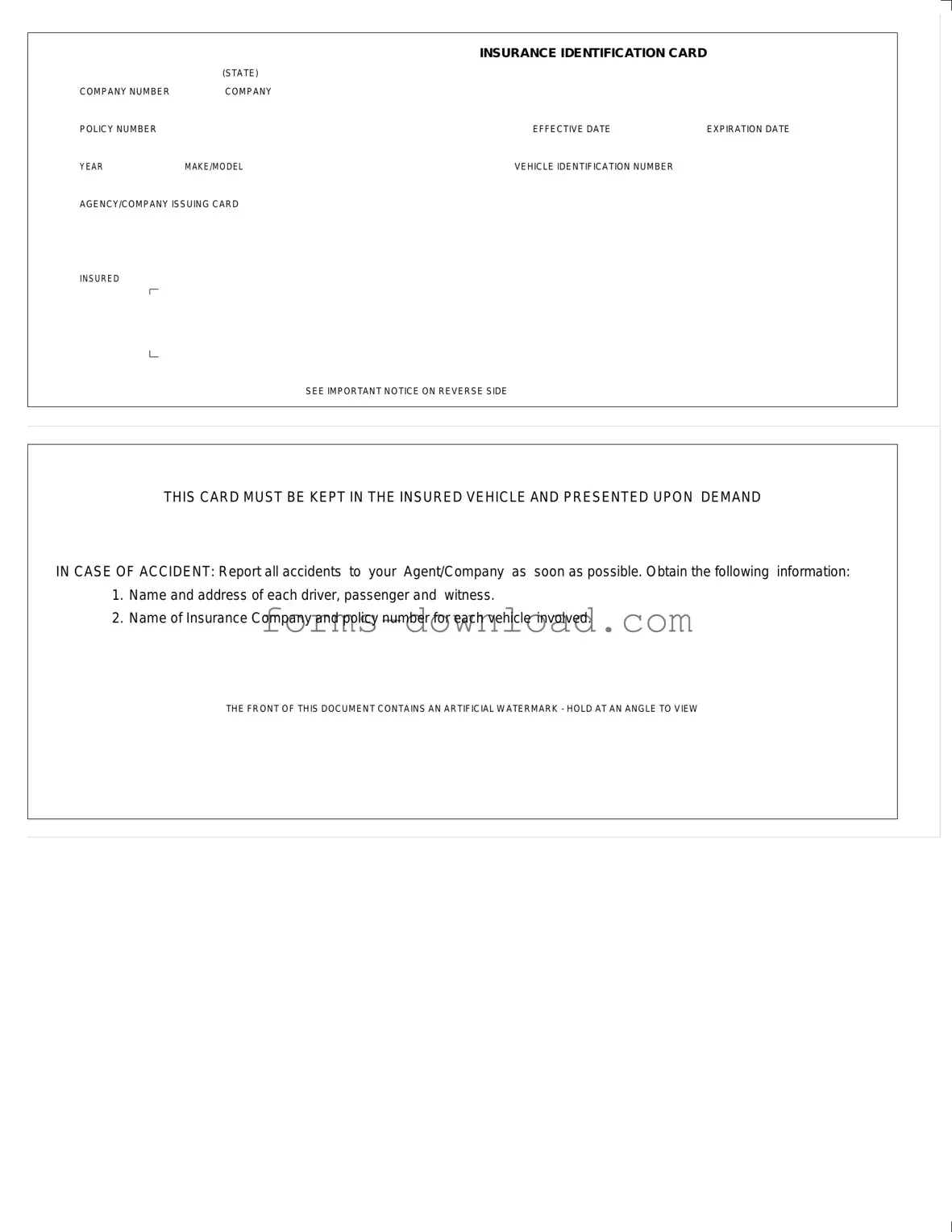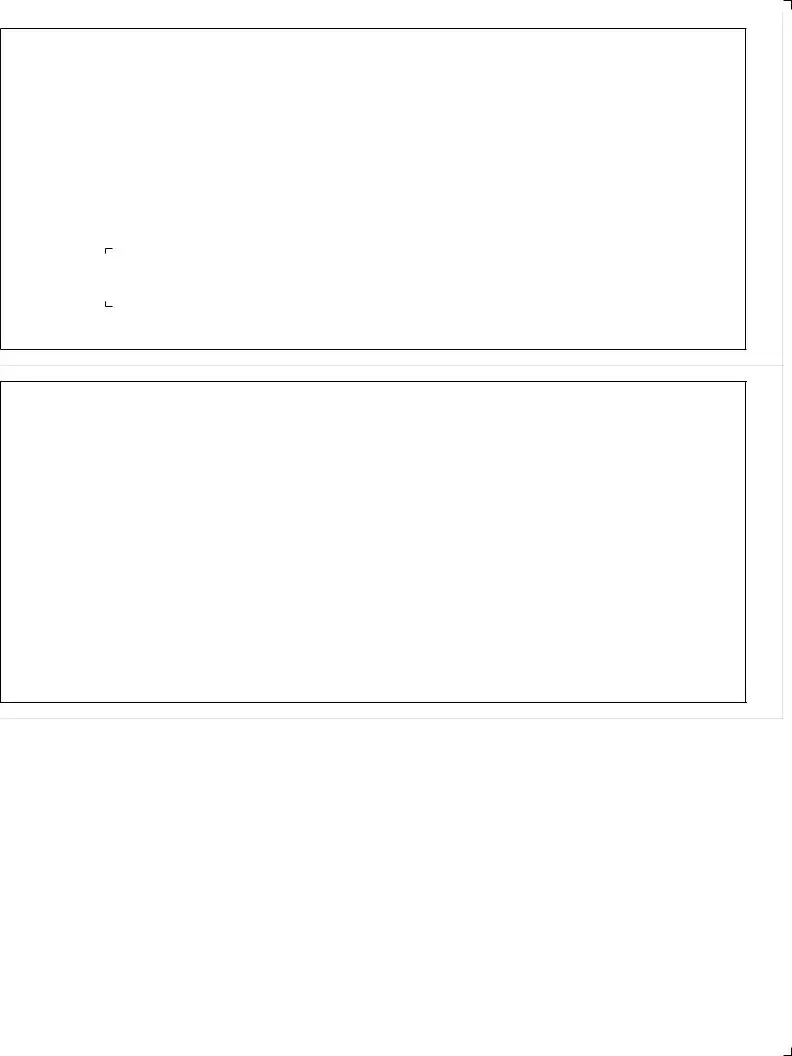Blank Auto Insurance Card Form
An Auto Insurance Card is a document that proves you have the required insurance coverage for your vehicle. It includes essential details such as your policy number, effective dates, and vehicle information. Always keep this card in your vehicle and present it when needed, especially in the event of an accident.
Ready to fill out your Auto Insurance Card form? Click the button below to get started!
Launch Editor Now

